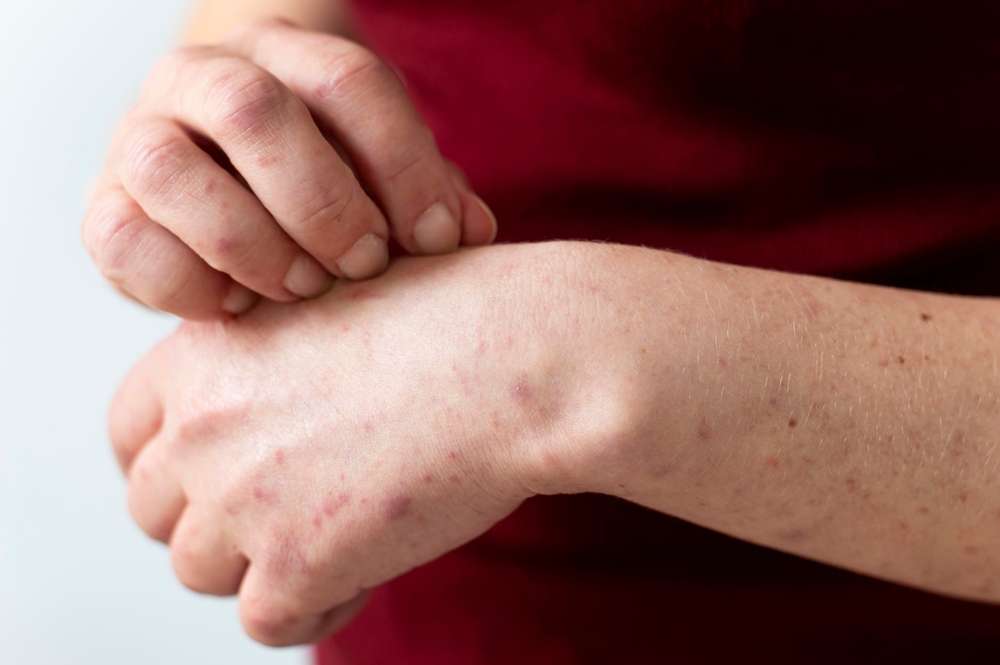Scalp Psoriasis Explained: What Causes It and How to Treat It
Dealing with constant itching, flaking, or thick patches on your scalp? It could be more than dandruff—it might be scalp psoriasis. This common autoimmune condition can lead to irritation, embarrassment, and even hair thinning if ignored. In this guide, you'll discover what causes it, how to spot early symptoms, and which soothing treatments actually work. Whether you're newly diagnosed or tired of recurring flare-ups, here’s your path to a calmer, healthier scalp.

Scalp psoriasis is a common manifestation of psoriasis, a chronic autoimmune condition that speeds up the life cycle of skin cells. When these cells build up rapidly on the surface of the scalp, they form thick, silvery scales and red patches that can be itchy, painful, and sometimes embarrassing. Unlike dandruff, scalp psoriasis involves inflammation and can extend beyond the hairline to the forehead, neck, and ears. Recognizing the condition early and understanding its triggers are essential steps toward effective management.
What Are the Visual Signs Found in Psoriasis Pictures
Identifying scalp psoriasis begins with understanding its distinctive appearance. In clinical and patient-shared images, scalp psoriasis typically presents as raised, reddish patches covered with thick, silvery-white scales. These patches may appear dry and cracked, and in some cases, they can bleed if scratched or picked. The affected areas often have well-defined borders, distinguishing them from other scalp conditions like seborrheic dermatitis or eczema. Photographs of scalp psoriasis reveal varying degrees of severity, from mild flaking to extensive, inflamed plaques that cover large portions of the scalp. Recognizing these visual cues helps individuals seek appropriate medical evaluation and avoid misdiagnosis.
Understanding Pictures of Plaque Psoriasis on the Scalp
Plaque psoriasis is the most common form of psoriasis, and when it affects the scalp, it creates raised, inflamed lesions known as plaques. Images of plaque psoriasis on the scalp show thick, scaly patches that can range in color from red to purple, depending on skin tone. These plaques are often accompanied by intense itching and a tight, uncomfortable sensation. In photographs, the scales may appear layered and adherent to the scalp, and hair loss can occur in severe cases, though it is usually temporary. Understanding what plaque psoriasis looks like on the scalp helps patients communicate more effectively with healthcare providers and recognize when symptoms are worsening or improving with treatment.
Why Scalp Psoriasis Picking Worsens the Condition
One of the most challenging aspects of scalp psoriasis is the urge to scratch or pick at the affected areas. However, picking at scalp psoriasis can significantly worsen the condition. This behavior, known as the Koebner phenomenon, can trigger new psoriasis lesions in areas of skin trauma. Picking can also lead to bleeding, infection, and increased inflammation, making the plaques thicker and more difficult to treat. Additionally, repeated trauma to the scalp can cause temporary hair loss and scarring in severe cases. Resisting the urge to pick requires conscious effort, and using medicated treatments to reduce itching can help break the cycle. Keeping nails trimmed and wearing gloves at night may also prevent unconscious scratching during sleep.
Root Causes and Triggers of Scalp Psoriasis
Scalp psoriasis is fundamentally an autoimmune disorder in which the immune system mistakenly attacks healthy skin cells, accelerating their turnover. While the exact cause remains unclear, a combination of genetic and environmental factors plays a role. Individuals with a family history of psoriasis are more likely to develop the condition. Common triggers include stress, infections such as strep throat, skin injuries, certain medications, smoking, and heavy alcohol consumption. Weather changes, particularly cold and dry climates, can also exacerbate symptoms. Hormonal fluctuations and obesity have been linked to increased psoriasis flare-ups as well. Identifying and managing personal triggers is a crucial component of long-term psoriasis management.
Treatment Options and Management Strategies
Effective management of scalp psoriasis involves a combination of topical treatments, systemic medications, lifestyle modifications, and in some cases, phototherapy. Topical treatments are often the first line of defense and include corticosteroids, vitamin D analogs, coal tar shampoos, and salicylic acid preparations. These products help reduce inflammation, slow skin cell turnover, and remove scales. For moderate to severe cases, healthcare providers may prescribe oral or injectable medications such as methotrexate, cyclosporine, or biologic drugs that target specific parts of the immune system. Phototherapy, which involves controlled exposure to ultraviolet light, can also be beneficial. Lifestyle strategies such as stress management, maintaining a healthy diet, avoiding known triggers, and keeping the scalp moisturized support medical treatments and help prevent flare-ups.
Seeking Professional Guidance and Support
Managing scalp psoriasis effectively requires a personalized approach developed in consultation with a dermatologist or healthcare provider. Regular follow-up appointments allow for treatment adjustments based on symptom progression and treatment response. Support groups, both in-person and online, provide valuable emotional support and practical tips from others living with psoriasis. Staying informed about new treatment options and research developments empowers individuals to take an active role in their care. While scalp psoriasis is a chronic condition, many people achieve significant symptom relief and maintain healthy, comfortable scalps with consistent treatment and lifestyle management.
This article is for informational purposes only and should not be considered medical advice. Please consult a qualified healthcare professional for personalized guidance and treatment.




